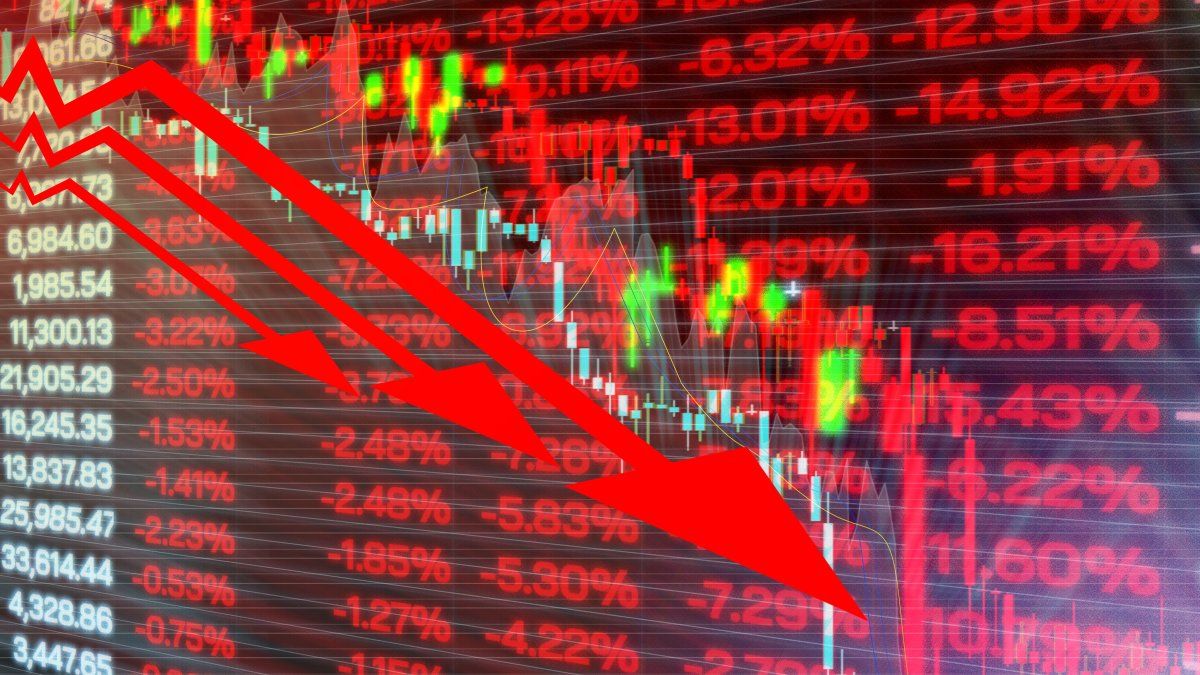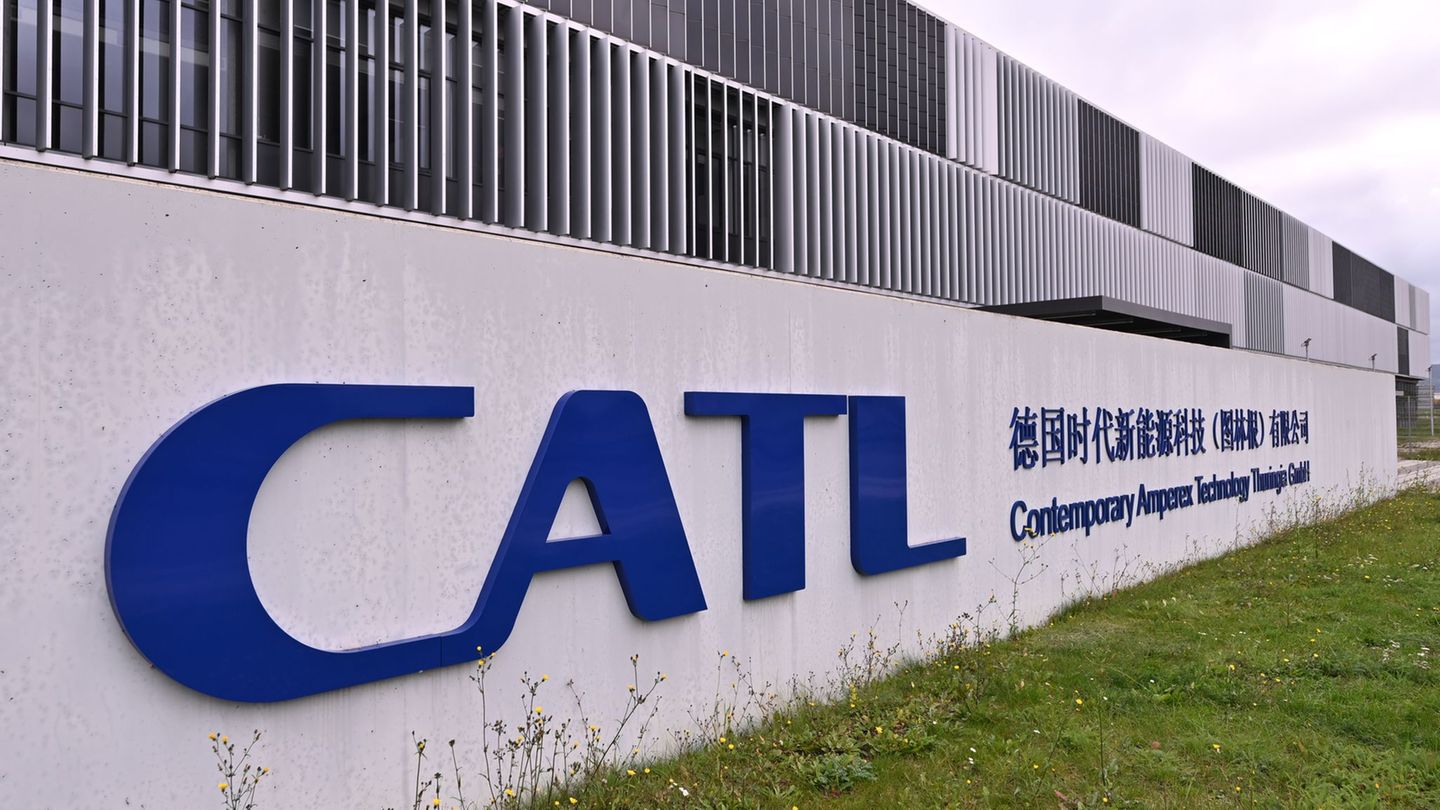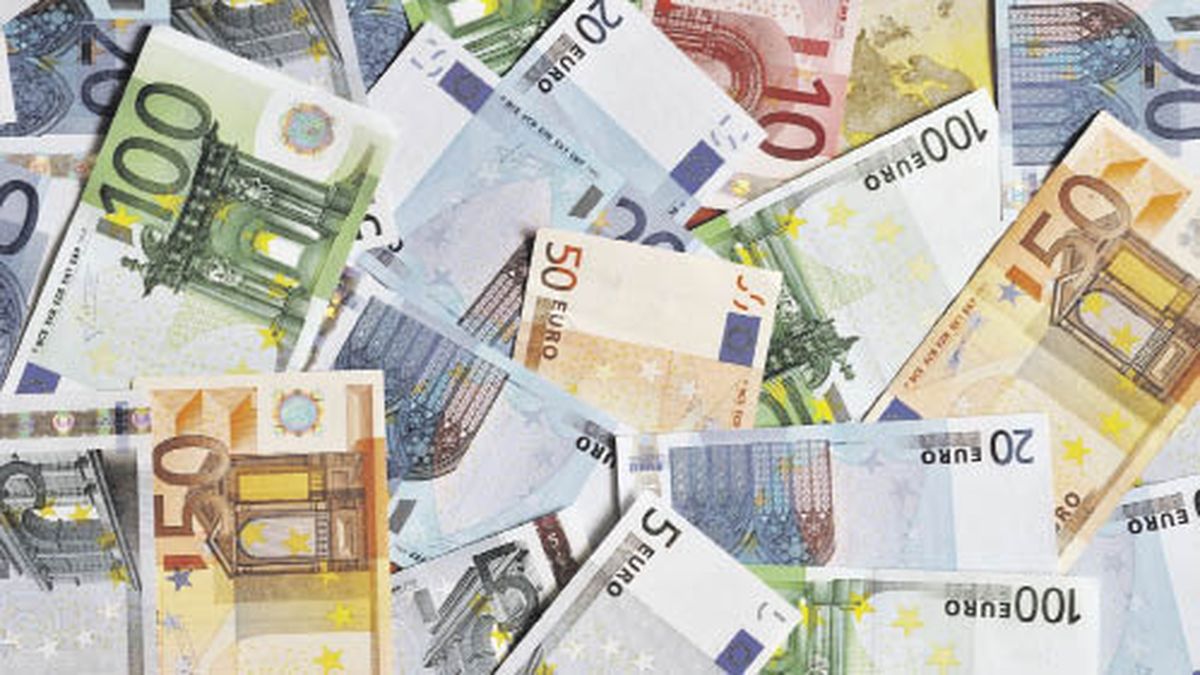Sometimes, financial markets human emotions reflect more than rational calculation. April was a clear example of this dynamic, where extreme volatility not only affected the assets, but also shook the firmer convictions. At the global level, capital flows clearly revealed a fragmented panorama between fear and risk. At the local level, the fervor for the “Investment of the moment “(the” Carry Trade “) the financial circles transcended and He arrived on public television. This situation underlines the stimuli faced by investors, trapped between the search for rapid yields and the inherent instability that the financial world is going through this year.
In the month that ends, investors accelerated the search for refuge in a sustained way, which left net tickets around US $ 18,000 million in ETFS that replicate The price of gold, the US Treasury bonds and low volatility actions. The data configures the highest record of captures of the last two years: a clear sign of the increase in risk aversion.
Simultaneously, the global funds of Variable rent experienced outings about U $ S14,000 million in just two weeks. However, in a paradoxical dynamic, the long ethfs leverage in shares captured U $ S6.6 billion only last weekwhich shows that, despite the tensions, a significant part of the investors maintains aggressive bets on the recovery of the variable income. The information follows from the last report of BUENBIT.
The most striking case is the TQQQ —A ETF that triples the daily evolution of the Nasdaq 100-, which received US $ 2,300 million, although its price fell 17% in the last three days of negotiation and accumulates a setback of 54% since February 19. A clear sample of the high Volatility levels and growing confusion among market participants.
Investor Psychology: When the market trembles, the mind too
Álvaro Ortiz, Psychologist and Cofunder Beewe —A financial startup based on human behavior –, Explain in dialogue with Scope That, when the markets are agitated, it is difficult for the inner world of the inverter to remain calm. “It is not an individual failure, but of a human response deeply rooted, ”
The expert comments that the brain, molded by thousands of years of evolution, prioritizes survival over any financial strategy. That is why stock market collapse are perceived as a danger unconsciously, as if it were a threat to one’s life.
Goodbit (2) .jpeg
Ortiz argues that in high -uncertainty scenarios, automatic mechanisms are activated that, in other times, were essential for survival. “Today, those same impulses can push to make impulsive decisions: Sell active prey of fear, follow the strategy of the majority without a critical analysis or operate only to relieve the discomfort of inaction”
And warns about a proven fact: “Losses generate a much deeper emotional impact than equivalent profits. In the midst of turbulence, the mind seeks instinctively security and usually interprets any movement as a lifeguard, even when there is no evidence that supports him. Do something – whatever it is – seems, at that time, a matter of life or death. ”
Furor for the “Carry Trade” and the frenzy in investors
A opposite stimulus can be observed in the search for rapid profits. For example, in the current domestic context, after the Starting of the stock and the implementation of the New exchange rate regimerenewed a narrative that returned strongly: the promotion of “ Carry Trade “ as an exceptional investment opportunity. From the media to analysts of the financial sector, the message seeks to install The idea that this is the obligatory commitment for those who aspire to preserve and “multiply” their savings in this new context.
The phenomenon reached a new level when even in the Public TV An intensive course with a slate was offered and all about how to perform the operations so fruitful that the capital of the audience would grow, also presenting it as a simple and accessible strategy for the citizen on foot. However, the dominant approach omits a crucial aspect: “Carry Trade “far from being a safe bet, it is an investment of High risk.
This strategy consists in bringing dollarschange them for pesos to invest attractive rates in instruments such as LECAP or fixed term and, after a while, change them again for green tickets. The gain It is juicy if the exchange rate remains stable and the weights yield more than other alternatives. But if the movement in the exchange rate is unfavorable or the entrance to the scheme occurs in a bad time, llosses can be significanteven greater than expected performance.
And it is that in a still fragile market, where regulatory changes and devaluative expectations are not entirely clear, entering late or going out to the weather may imply not only frustrating profits, but also vehemently eroding capital.
In this regard, the independent financial advisor, Martina del Giudice – in dialogue with this medium – ensures that both the local financial and international market shakes with each political and economic noveltybut the most expensive investment errors “They do not usually come from the news, but how we react to them”For the strategist, recent turbulence in global markets highlighted a silent, but very powerful phenomenon:“How emotions affect our financial decisions”
In line with Ortiz, of Giudice argues that every time prices collapse or rise unexpectedly, Many investors are tempted to make quick movements. “Sell panic. Buy for fear of staying outside. Change the long -term strategy for a short reaction,” are some of the most recurrent movements.
Leave everything in the hands of experts
Amid the noise and misinformation, Giudice remembers that “Investing is not only a matter of numbers, but also of self -knowledge“. For those who opt for tactical strategies instead of building a long -term vision, the specialist warns about the importance of dimensioning the associated risks.
“A very evident example in the current context is the ‘Carry Trade ‘a strategy that should be reserved only for aggressive profilesdue to its high sensitivity to ‘timing’ and the need for permanent monitoring, “he says.
In moments of frenzy, such as the current one, it is when it is recommended to seek professional advice or tools that help the investor to make conscious decisions. “Technical information is key, but emotional too”, Concludes the strategist.
For its part, Ortiz recommends taking into account these three points in times of informative frenzy or strong falls in the markets.
- Identify what you feel to anticipate what is done: Recognizing fear, anxiety or impatience allows you to understand how your head can react. Fear drives hurried sales, anxiety leads to review investments, and impatience pushes to act only to calm discomfort. Naming emotion is the first step not to act automatically.
- Designing a stable frame: Having a financial plan that is adapted to your risk tolerance, your behavior profile and the temporal horizon can offer a good anchor in moments of confusion.
- Incorporating pauses and conversation: Stoping is key to blocking the impulse. Consulting someone outside the emotional whirlwind can avoid expensive errors.
“Finance do not occur in a vacuum or in objective conditions: they happen in and by real people, with biases, habits and emotions. Understanding this does not weaken decision making; it strengthens it. Because true rationality does not consist of eliminating emotions, but also learning to live with them,” concludes the expert.
Source: Ambito
I am a 24-year-old writer and journalist who has been working in the news industry for the past two years. I write primarily about market news, so if you’re looking for insights into what’s going on in the stock market or economic indicators, you’ve come to the right place. I also dabble in writing articles on lifestyle trends and pop culture news.




